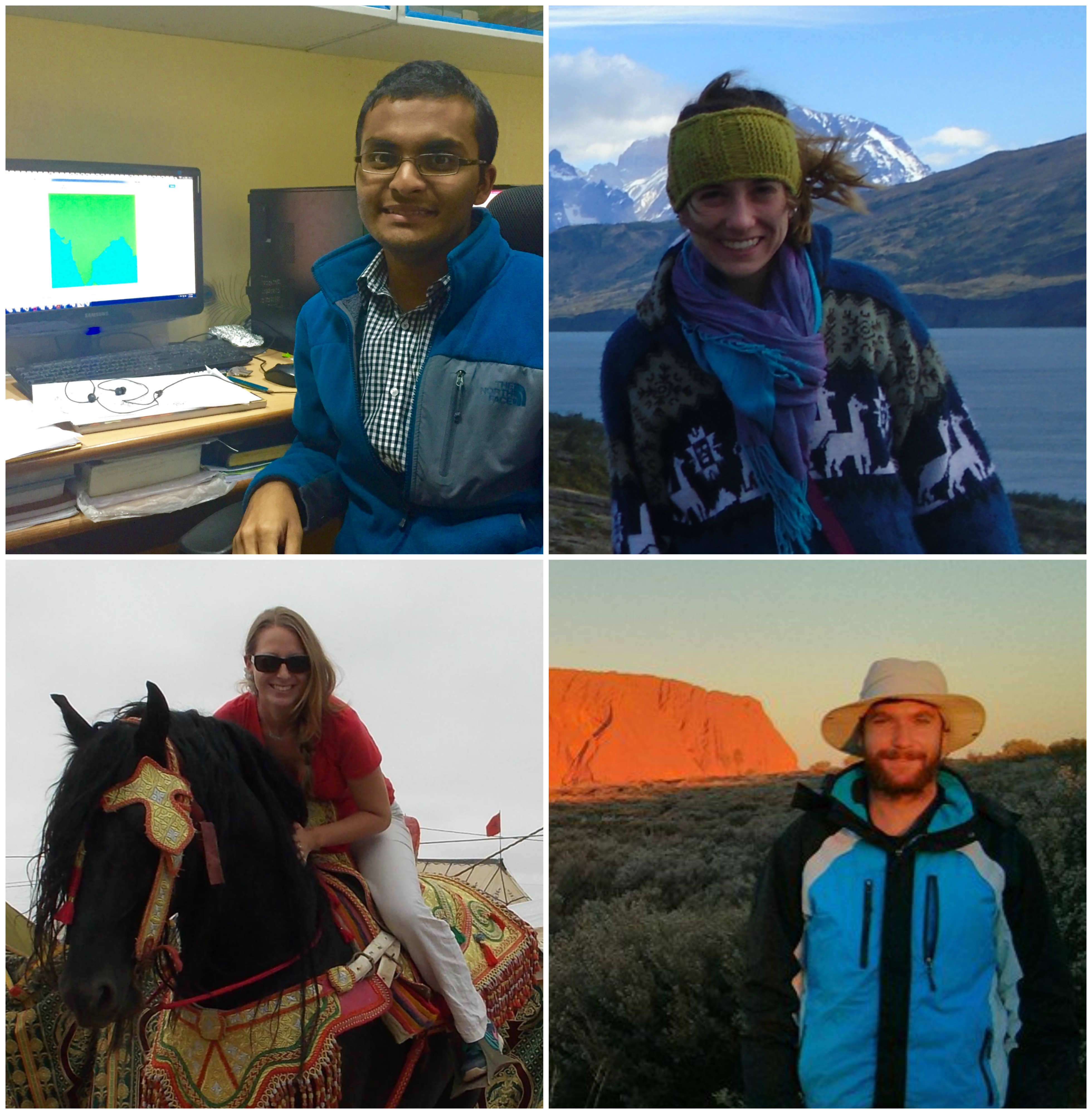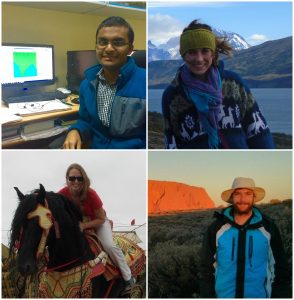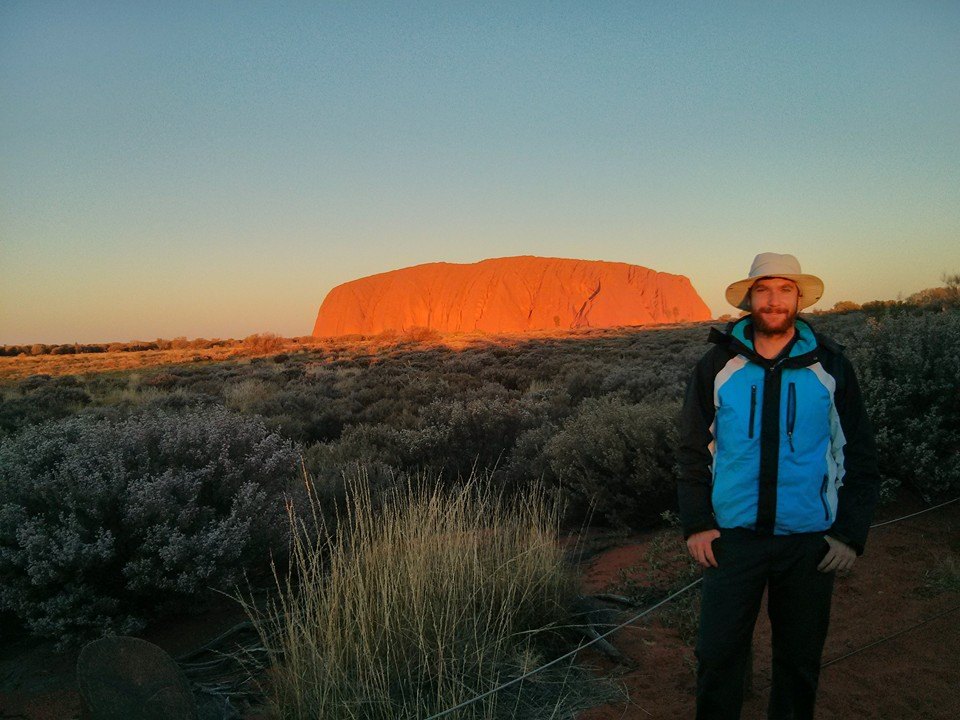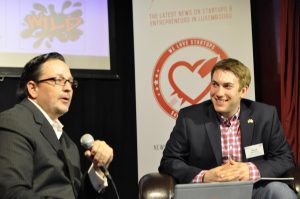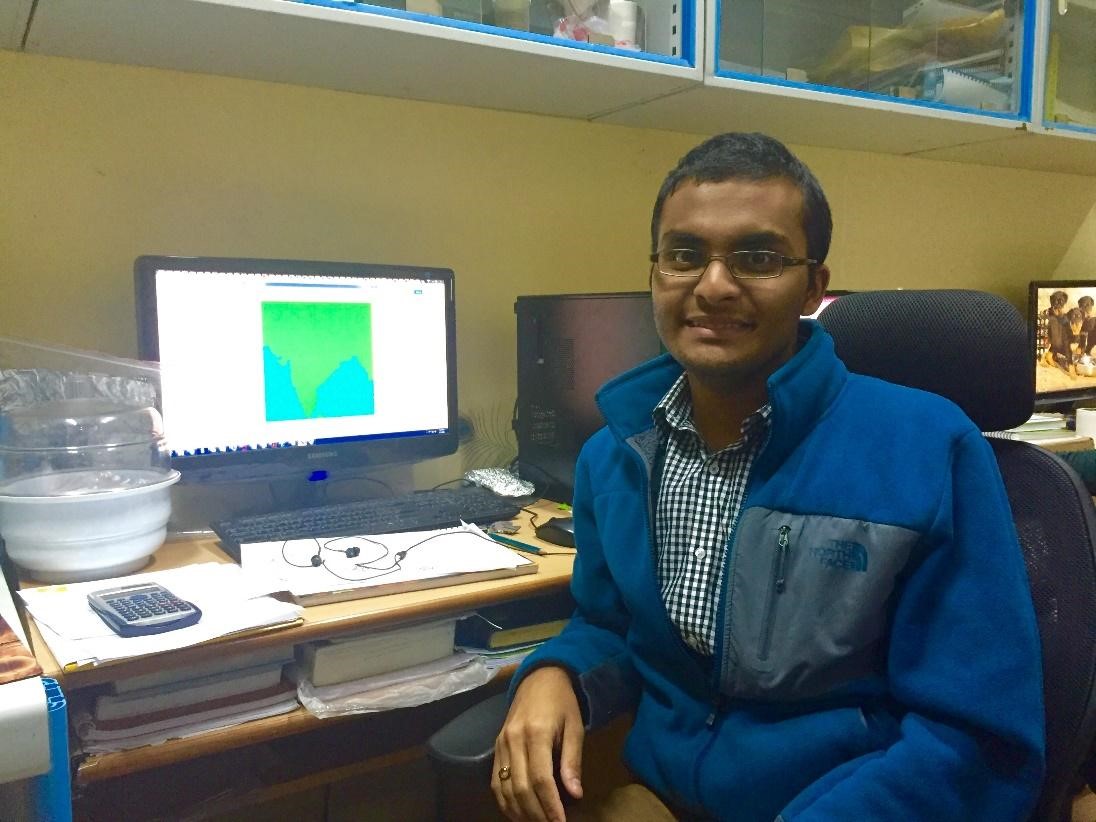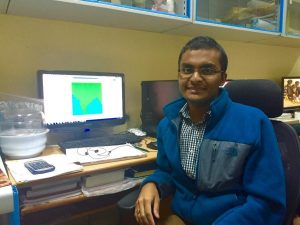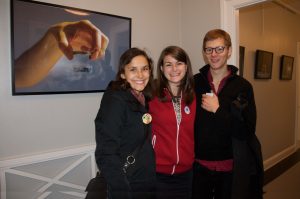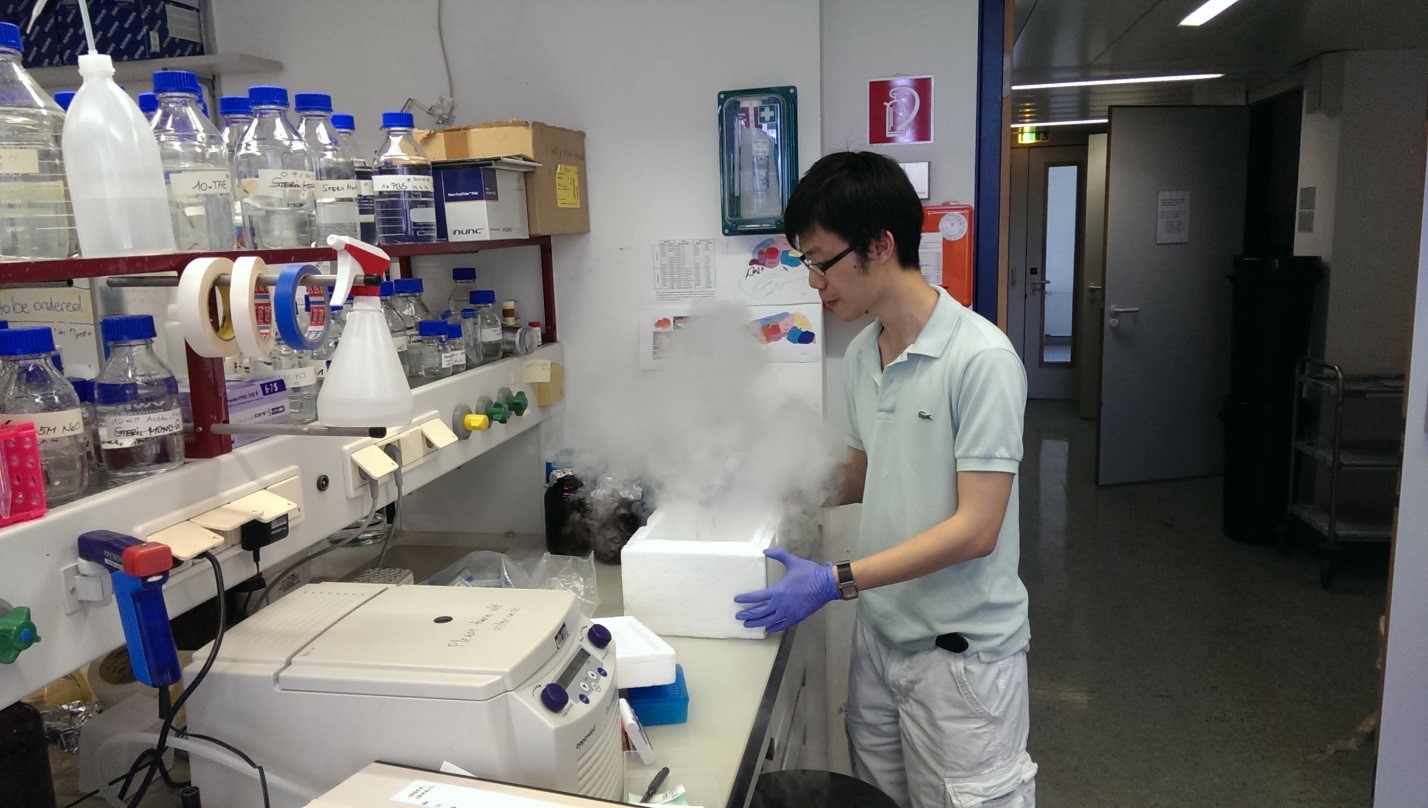
Kelvin Chan of Brooklyn, NY received his BA in Biology from the University of Virginia, VA. In 2013-2014, he studied neuronal migration disorders as a Fulbright U.S. Student at the Institute of Molecular Pathology in Vienna.
The Fulbright Program is pleased to announce up to five new awards for U.S. students to Austria: the Fulbright-Austrian Marshall Plan Foundation Awards for full-time research and/or study in fields of science, technology, engineering, and mathematics (STEM). These awards are generously funded by the Austrian Marshall Plan Foundation, which works to support cooperation and the transfer of knowledge between Austrian and American universities and academics.
Applications are being accepted now through October 6, 2017. Ph.D. candidates in STEM disciplines and related fields are strongly encouraged to apply. Applications from highly qualified graduate students and recent undergraduates with strong project proposals in relevant fields will also be considered.
The Austrian Fulbright Commission is particularly excited because these are the first awards targeted specifically at students in STEM fields, an area in which Austria is particularly strong. With up to five grants, this new award will give an unprecedented number of U.S. students the opportunity to conduct fully-funded STEM-related research in Austria with the Fulbright Program.
For more information, please visit the Austria country summary for details. Good luck!

